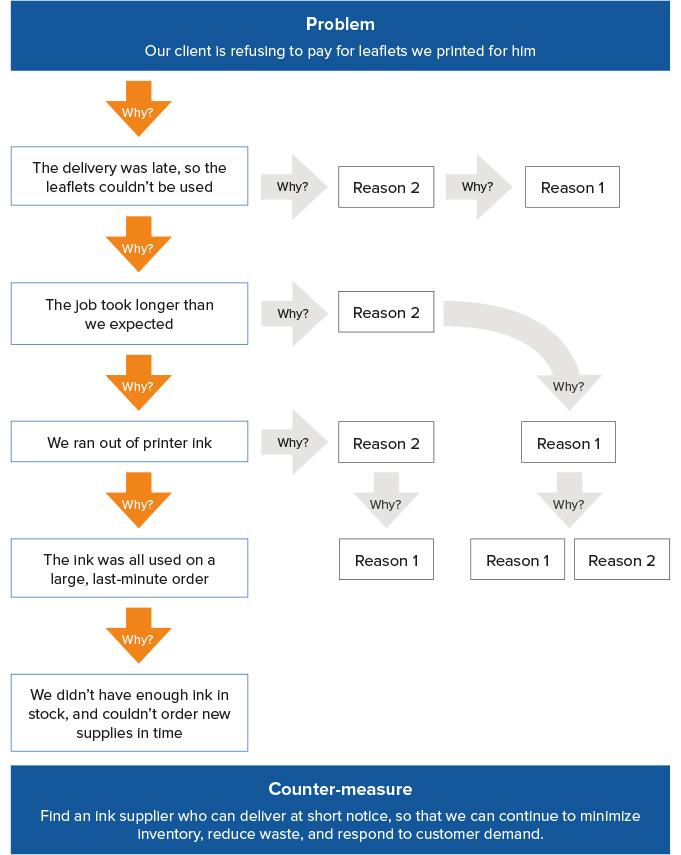Reading-Notes
PreWork Summaries :
Solving Problems:
Set of steps to solve programming problems:
- “Read the problem twice” to understand the problem.
- “Solve the problem manually” for example : solve the problem with 3 inputs to check that you understand the solutions.
- “Optimize the manual solution” to check if there is another way more easier to solve the problem.
- “Write pseudo-code or comments” to write the code we can write the previous steps in the editor as comments and write pseudo-code to know exactly the structure of the code.
- “Replace the comments or pseudo-code with real code” take each comment and convert it to real code line. If you have enough steps you will make this step easy.
- “Optimize the real code” take look on the code and try to cut out few lines aor convert some of them simpler.
- If the problem involves multiple large steps, break the problem in half and take each part (half) and follow the previous steps to solve it
Act like you make $1000/hr :
-
“Pretend Your Time is Worth $1,000/Hour and You’ll Become 100x More Productive”
-
“Most people have no clue what they are doing with their time but still complain that they don’t have enough.” -Grant Cardone, NYT best-selling author
-
“Busyness” Isn’t a Badge of Honor; It’s a Sign of Weakness
-
“Busyness and exhaustion should be your enemy. If you’re chronically stressed and up late working, you’re doing something wrong. Do less. But do what you do with complete, hard focus. Then when you’re done be done, and go enjoy the rest of your day.”
How to think like a programmer — lessons in problem solving :
-
To solve Problems when starting coding try a solutiom if it doesn’t work try another one and still try untill you solve it.
-
The best way is having Framework and practicing it.
Follow These Steps if you encounter a new problem :
- “Understand” explain the problem in simple language, write it and yo may tell another one about it.
- “Plan” analyze the problem and process the information, use comments help us with this.
- “Divide” break big problems into sub-problems easier to solve . then solve each sub-problem .we can begin with simplest one which can be solved doesn’t depend on others being solved.then connect the sub-solutions to get the origin problem solution.
- “Stuck” when facing a whammy :
- Debug : “Go step by step through your solution trying to find where you went wrong”.
- Reassess : “Look at the problem from another perspective”.
- Research.
- “Practice” : solve a lot of problems to be a good problem-solver.Try to practice using : Chess puzzles, math problems, Sudoku, Monopoly ….
5 Whys:
How to Use the 5 Whys:
- “Assemble a Team” : connect with people who are familiar with the specifics of the problem.
- “Define the proble” : discuss the problem with the team and write clear problem statement that all team member agree on.
- “Ask the first Why?” : ask the team about the problem occuring and the answers will account the things that happened.
- “Ask Why? four more times” : for each answer ask four whys, each why response to the answer that recorded.
- example single lane :

- example multiple lane :

- “Know when to stop” : “ if you’re not sure that you’ve uncovered the real root cause, consider using a more in-depth problem-solving technique”.
- “Adress the root cause” : discuss and agree on the counter-measures that will prevent the problem from recurring.
- “Monitor your measures “ : the measures must minimize the initial problem, you may need to replace them and repeate the 5 whys process .